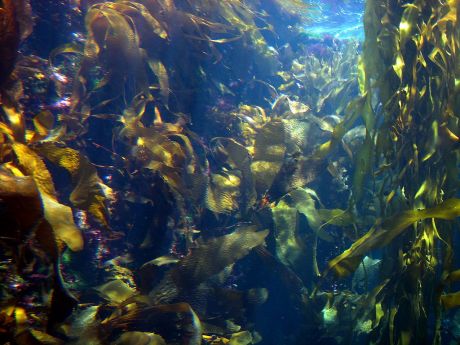The
ECO2 (Sub-seabed CO2 storage: Impact on marine ecosystems (ECO2)) project studied the sedimentary cover and the overlying water column at active and potential CO2 storage sites and at natural CO2 seepage sites. The aim was to identify leakage pathways through the overburden, locate seep sites at the seabed and to investigate the potential impact of leakage on the marine ecosystem.
Project partners conducted risk analysis at the sub-seabed storage sites Sleipner and Snøhvit in the North Sea and Barents Sea, respectively, and a proposed site called B3 field in the Baltic Sea. The sites were chosen as they represent the geological settings most likely to be used for CO2 storage. Furthermore, seepage sites were used as natural laboratories. Factors like CO2 leakage pathways and seep locations from current and potential storage sites and their impact on marine ecosystems were assessed.
Researchers established mesocosm facilities, laboratory experiments, field work, numerical modelling tools and interfaces to support their investigations. These included 21 marine expeditions to offshore storage and seepage sites for studies and data collection. During these cruises scientists used and developed a range of cutting-edge monitoring technologies.
Scientists did not detect any CO2 anomalies at Sleipner in waters above the storage site. However, formation waters are released through a 3-km-long fracture 25 km north to the Sleipner platform while both natural gas and formation water are seeping through abandoned wells located in the area.
The observed geological features pose a number of important questions that ECO2 is currently addressing. These include whether there are any high-permeability pathways for gas and fluid flow through the overburden and whether seepage rates are amplified by the ongoing storage operation. An additional question is whether a sub-seabed CO2 storage site can ultimately leak through the overburden via seismic pipe and chimney structures, fractures and abandoned wells.
To find answers to the question of the potential footprint of a CO2 leek, researchers conducted release experiments and numerical modelling. Model results and bottom water pH and CO2 values indicated for realistic leakage rates a minor impact of CO2 at the seabed where organisms live. However, natural seep sites and shore-based mesocosm experiments showed that birth and development processes of sensitive organisms such as echinoderms were negatively affected by increased CO2.
All ECO2 results have been combined in best practice guidance for environmental risk assessment for offshore CO2 geological storage, as the final product of the project. The project provides the European Commission, national policymakers and stakeholders with relevant information on environmental risks, monitoring strategies, permanency, costs, safety and perception of sub-seabed CO2 storage.

